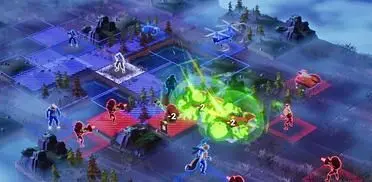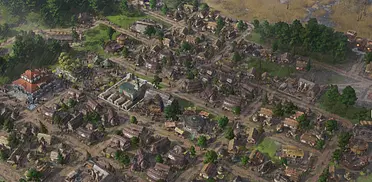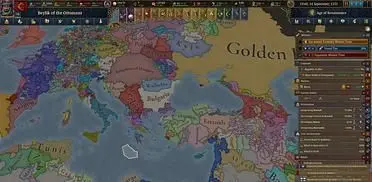Wardell states that RTS design has stagnated because ”developers have pushed their designs about as far as they can go with the current hardware. We’ve been stuck with a 2GB memory limit for over a decade and limited to 2 or less processors (cores) for longer than that.”
He went on to claim that there have been two phases of real-time strategy games. The first was the era of MS-DOS and early Windows titles, which included such titles as Dune, Warcraft, Dark Reign and Starcraft, all of which were sprite-based. The second phase was kicked off by Total Annihilation and started phasing RTS’s from 2D to 32-bit 3D.
”In both phases, the hardware drove the design of the RTS. Nothing highlighted the difference between Phase 1 and Phase 2 more than real-time Strategic Zoom. Strategic Zoom gave players the ability to zoom out and control their armies in a truly strategic way or zoom in and take control of individual groups. If Ender’s Game was, ironically, an RTS. You can assume that players will expect these kinds of features at a minimum going forward,” he went on to note.
Wardell added, ”The third phase games can be broadly described by the technology under them: 64-bit memory, massively multithreaded. And these 3rd phase RTSs will be breathtakingly beautiful to look at, have amazing scope and micro AI (sophisticated rules for units interacting with one another without human involvement) that is astounding.”
Unfortunately, the inexpensive PCs aren’t numerous enough for publishers to give them the green light. ”Publishers aren’t approving these designs not because there isn’t demand. There is. The problem is you can’t make a game that only a fraction of the player base can currently play,” he sighed.
 Total Annihilation.
Total Annihilation.



